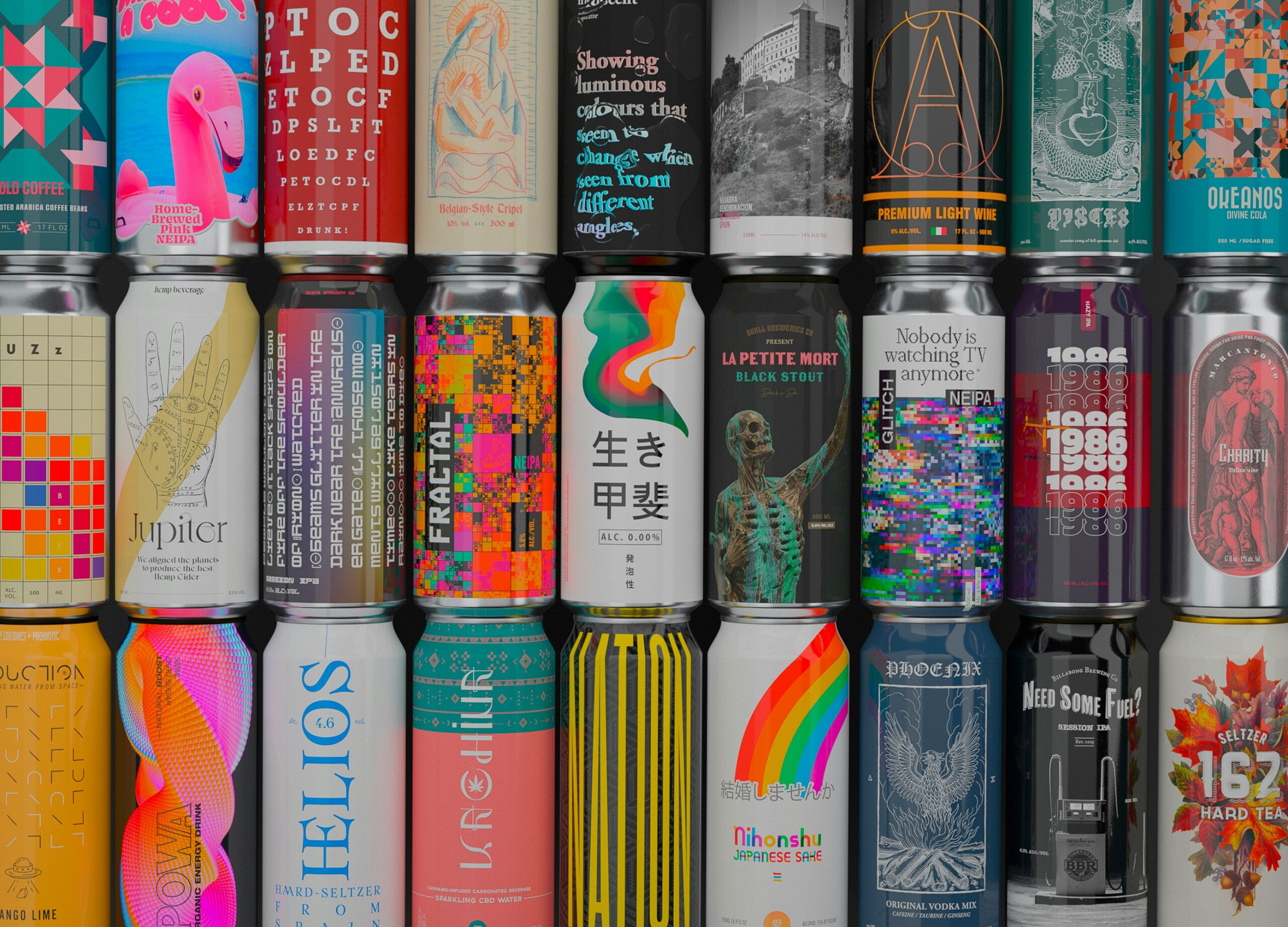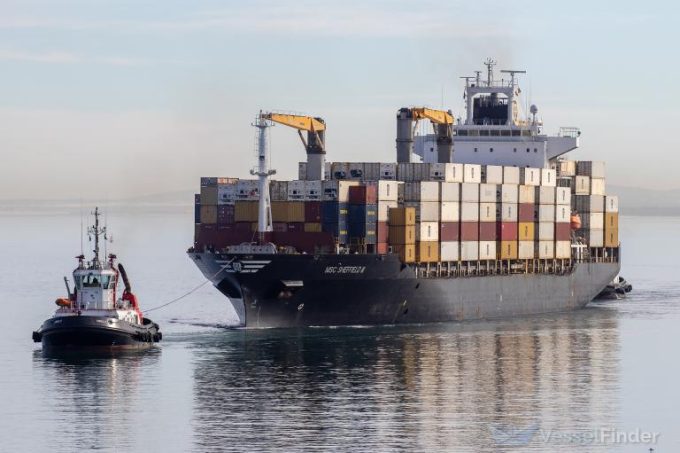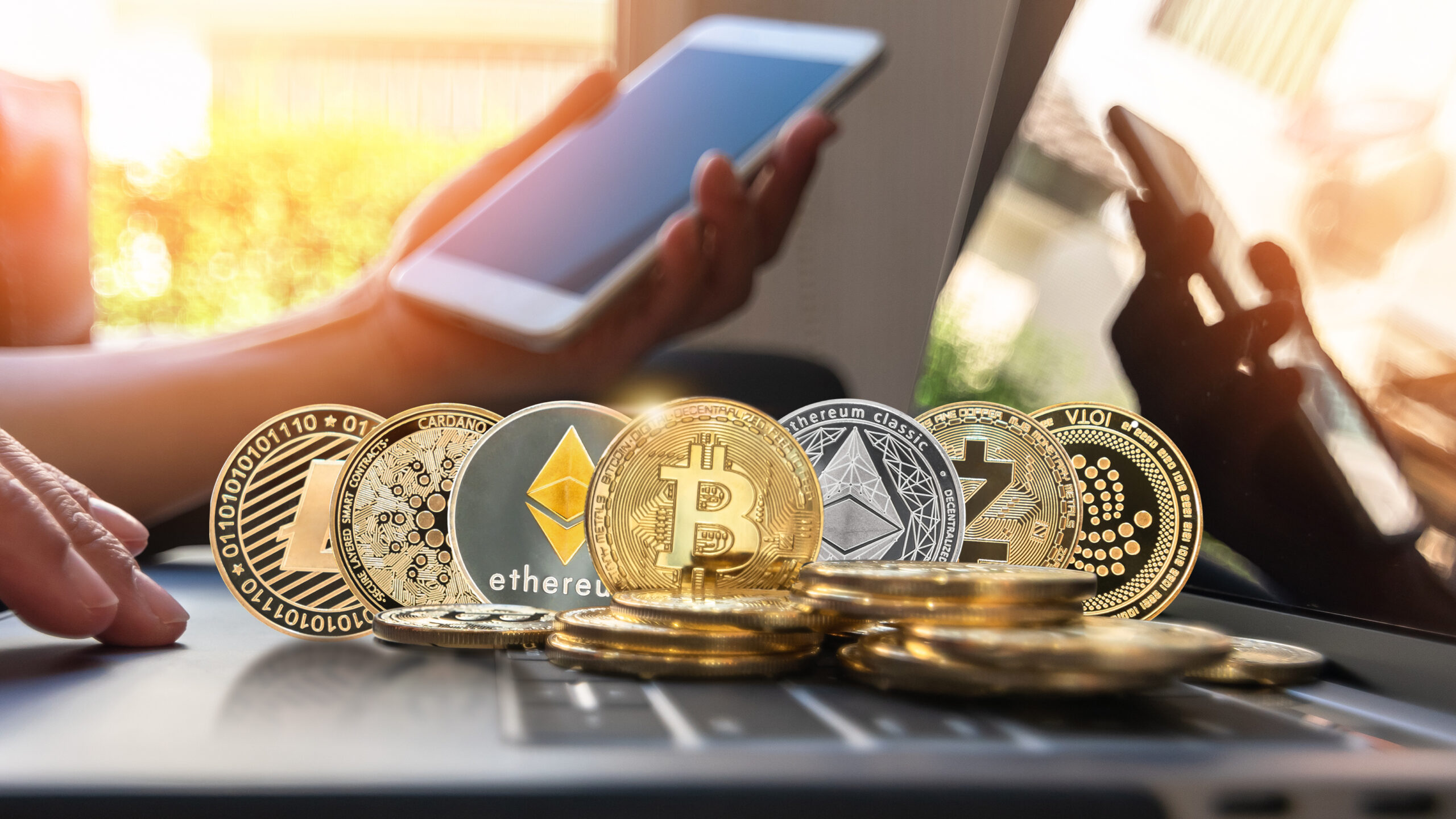World trade has always been shaped by cost, efficiency and consumer demand. But today there is a less obvious factor that affects how goods are moved across borders: packaging. What was once a simple container is now a driver of sustainability goals, supply chain efficiency, and brand competitiveness. As markets evolve, creative packaging ideas have become a catalyst for growth in both logistics and consumer engagement.
Read also: Why recycled packaging is good for business and the planet
Packaging as a strategic business asset
Traditionally, packaging has been viewed as a functional necessity – protection from damage and a shelf display tool. In 2025, it will serve as a strategic lever. Exporters and manufacturers are re-evaluating their packaging strategies to reduce costs, comply with regulatory requirements, and appeal to consumers who are increasingly demanding sustainability.
A study conducted by Smithers predicts that the global packaging market will exceed $1.2 trillion by 2030driven in part by innovations that combine sustainability and functionality. Lighter materials reduce shipping costs. Recyclable and biodegradable packaging addresses environmental regulations in Europe and Asia. Designs that improve stacking efficiency also reduce container waste, which directly impacts profit margins for exporters.
Supply chain efficiency and cost pressures
In international logistics, packaging determines how much product can be shipped per container. Even a small reduction in size or weight can result in significant cost savings on a large scale. Creative packaging ideassuch as collapsible designs, modular structures, and multi-use containers, allow companies to ship more goods with fewer resources.
For example, companies in the beverage industry are experimenting with lightweight bottles and cartons that reduce shipping costs while reducing carbon emissions. Likewise, electronics manufacturers are adopting flat packaging models that allow for higher density in shipping containers, improving margins and reducing warehouse storage costs.
As global shipping rates fluctuate – especially on routes across the Pacific, Europe and Asia – packaging innovation has become not only a sustainability initiative, but also a cost control strategy.
Consumer demand meets global trade
Packaging is no longer just for logistics managers; It is also a major factor in consumer purchasing decisions. In markets such as North America and Western Europe, consumers equate packaging with brand identity and product quality. A Deloitte survey found this More than 60% of consumers consider sustainable packaging an important factor when choosing products.
This shift affects global trade patterns. Products with recyclable or reusable packaging are gaining traction in markets with strict sustainability rules. Exporters who fail to adapt risk losing access to retail shelves or facing regulatory penalties. On the other hand, companies that embrace creative packaging ideas find themselves in a better position to expand into new geographies and demographics.
Regulatory pressures and ESG objectives
Governments are also leading the packaging conversation. European Union Regulating packaging waste (PPWR) It aims to make all packaging reusable or recyclable by 2030. Similar measures are being discussed in the United States, Canada and parts of Asia.
For exporters, this creates both challenges and opportunities. Compliance means retooling packaging strategies, but it also gives early adopters an advantage in winning contracts and retail operations. Many multinational companies now require suppliers to comply with ESG packaging standards, making innovation a prerequisite for participation in global supply chains.
Technology and digital integration
The role of technology in packaging is growing rapidly. Smart tags, QR codes, and blockchain-based tracking systems help companies improve transparency and reduce the risk of counterfeiting. In food and pharmaceuticals, embedded packages are tested with sensors to monitor temperature and product integrity over long supply chain journeys.
Even digital finance intersects with packaging innovation. As more companies adopt blockchain-based trade settlements, the same distributed ledger technologies are being used to track packaging sustainability metrics across borders. For companies exporting consumer goods, packaging is no longer just a cost center – it is part of a digital ecosystem that supports compliance, traceability and customer engagement.
Regional trends in packaging innovation
- north america: Focus on e-commerce packaging and recyclability. As online sales continue to expand, brands are under pressure to create protective, efficient and visually attractive packaging for direct-to-consumer delivery.
- Europe: Regulations shape the market. The creative packaging ideas here are heavily driven by sustainability, with a strong adoption of biodegradable materials and reusable container models.
- Asia Pacific: Rapid growth in consumer goods and rising demand from the middle class is creating a push for innovative packaging that balances cost with premium design. China and India, in particular, are major growth centers.
- Latin America and Africa: Emerging markets are experimenting with local and cost-effective packaging methods to expand exports in food and agriculture, with sustainability in mind.
Looking to the future: Packaging as a competitive advantage
As trade becomes more competitive, exporters and manufacturers can no longer treat packaging as an afterthought. It impacts shipping costs, customs compliance, environmental footprint, and ultimately, consumer choice.
Companies that invest in packaging R&D will be better positioned to gain market share in areas where sustainability and efficiency are not optional but expected. Those that do not adapt risk supply chain inefficiencies, regulatory fines, and declining consumer confidence.
Conclusion: Innovation outside the box
Global trade in 2025 is not just about transporting goods. It’s about moving them Smarter, cheaper and cleaner. Creative packaging ideas are at the heart of this transformation, linking logistical efficiency to consumer expectations and regulatory compliance.
What was once just cardboard and plastic is now a competitive differentiator. For companies navigating complex global markets, packaging is no longer secondary – it is strategic.










